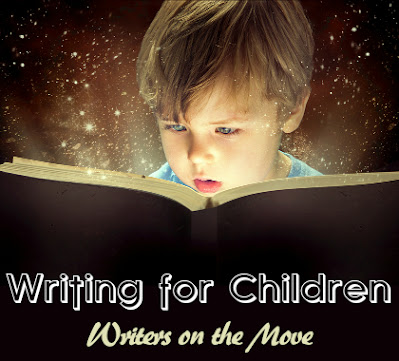By Karen Cioffi
In a children’s picture book workshop, the editor (from Scholastic) delved into why editors are so choosy when finding their next project.
It’s pretty simple.
Children’s books is a business. And like any other business, publishing houses think profit and loss. The editors are very aware of this and their reputation depends on them finding stories that will sell.
The editor conducting the workshop, Natalia Remis, was very upfront about what goes on behind the scenes and what takes place once she likes a manuscript.
Editors can’t afford to step out on a limb. And even if an editor wants to, there are hoops to jump through to actually get a story acquired.
The first thing editors need to look at is the story’s appeal to the mass market.
Picture books need to sell to a wide market, to the mass market. This means they need to sell to the majority of people.
Publishing houses are thinking of schools, Target, and other large outlets.
A small niche story won’t cut it with the big companies. They want broad appeal.
Next, editors actually have to fight to get their books acquired.
Editors want their books to be acquired and to get the attention.
The more profitable books an editor takes on, the more respected she will be as an editor. It’s a boost to her reputation.
If an editor likes a picture book, she has to go over a list of considerations:
1. Is the book right for the publishing house: Does it have enough commercial appeal and kid appeal? Does it have the right hook for Barnes and Noble and the mass market?
2. Does it have enough institutional appeal for awards? It’s always a plus if a book wins awards.
3. Is the book from a known author, possibly one from another publishing house?
4. Does the editor want to spend the next two years working on this particular book? Publishing a picture book is a LONG process. The editor needs to stay motivated and engaged throughout the process.
If at this point, the editor decides it’s worth moving forward with a book, it needs to be approved by the Acquisitions Committee.
This committee has all the top marketing people in it and the editor has to:
- PROVE that they’ll make their investment back in the FIRST YEAR.
- Prove that there is a market for this particular book.
- Show that it will be a valuable product for the publishing house.
Choosing a book, seeing that ‘something’ in it is a very personal thing. The editor needs to see and feel ‘it’ in order to be willing to do battle for the book.
Editors fight hard to get a book acquired and published.
So, if you’re asked to make non-contractual revisions, jump at the opportunity.
This means the editor sees potential in the story, but it needs to be in its best shape possible to appeal to the acquisitions committee and get approval.
An editor can’t take a chance on a new author unless they see something special. And, it’s that ‘something’ that the editor needs to convince the acquisitions committee of. The editor’s reputation is on the line.
It was an enlightening workshop.
I had no idea how difficult it is for an editor in a large publishing house. It’s now easier to understand why the submissions process is like it is. And, why it’s so difficult to get a contract with the large houses if you’re a new author.
A BIG thank you to Natalia Remis for an information packed workshop.
I hope this information on editors and picture books has been helpful.
ABOUT THE AUTHOR
Karen Cioffi is an award-winning children’s author and children’s ghostwriter, rewriter, and coach with clients worldwide. She is also the founder and editor-in-chief of Writers on the Move and an author online platform instructor with WOW! Women on Writing.
Karen’s children’s books include “Walking Through Walls” and “The Case of the Stranded Bear.” She also has a DIY book, “How to Write Children’s Fiction Books.” You can check them out at: https://karencioffiwritingforchildren.com/karens-books/. If you need help with your children’s story, visit: https://karencioffiwritingforchildren.com.
MORE ABOUT WRITING
Are You Building a Body of Work?
Growing Your Writing Practice
Productivity Tool: 5 Ways to Use a Timer for Success







4 comments:
Karen, this information is very helpful. I watch my colleagues at SCBWI go through this process, and though self-publishing has its challenges, I silently applaud my decision to avoid the hassle and self-publish. Your article is very helpful to writers who might not know the complexities of traditional publishing, especially with picture books, as PBs are very expensive to create.
Linda, most children's authors don't realize what's involved in traditionally publishing a picture book. Most decide to go the self-publishing route because it can take up to two years from getting a contract to publication.
WOW! This article is quite enlightening and informative. It takes us out of dreamland to the nuts and bolts of writing a book for children and getting it published. A Business, no doubt about it!
Traditional publishing is a tough go & a wait, but the steps are quite similar for self-publishing.
Kukos to you for all you have accomplished!
Deborah, it was such an interesting workshop. And very small, mom and pop, presses can take even longer. Some of them rely on volunteers for things like editing and illustrations. This can make the process even longer and then there may be a quality issue.
Post a Comment